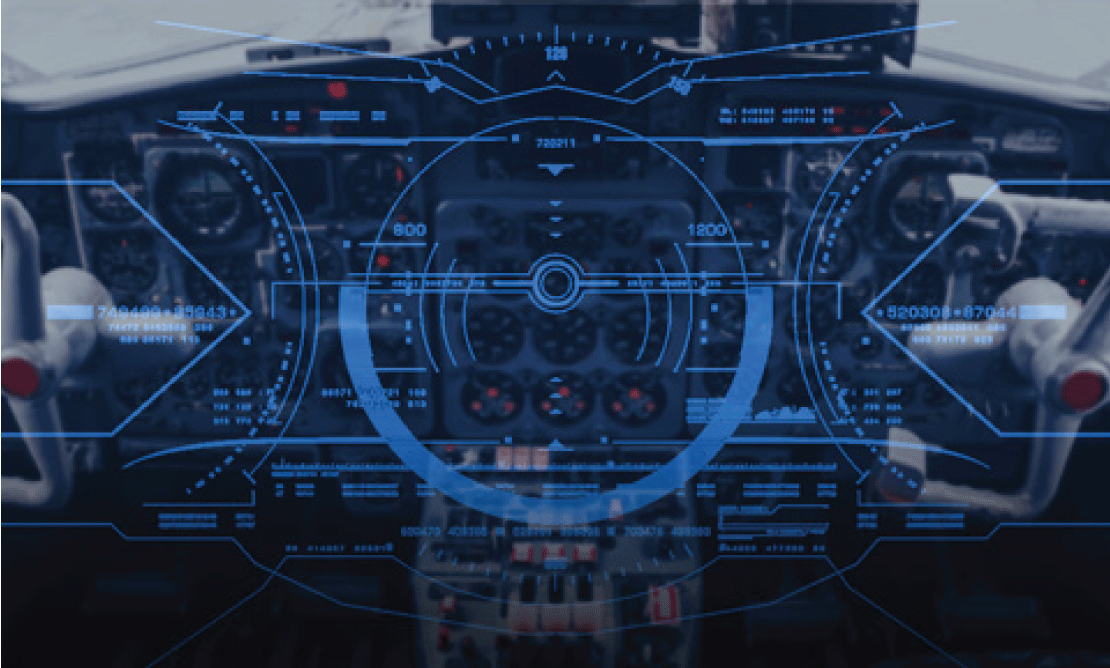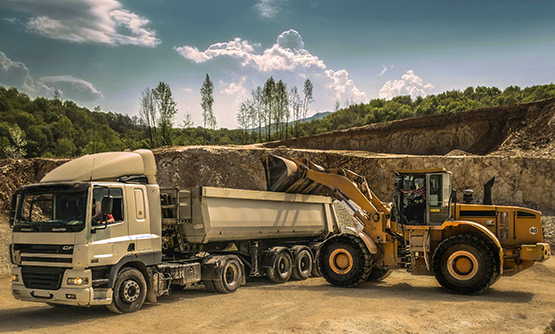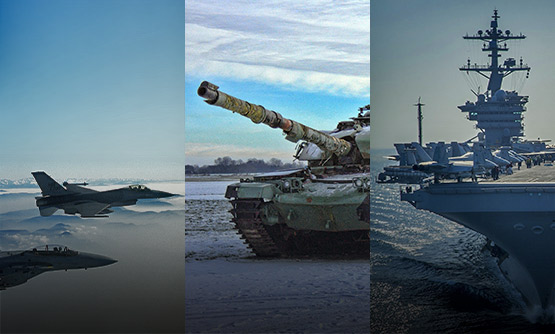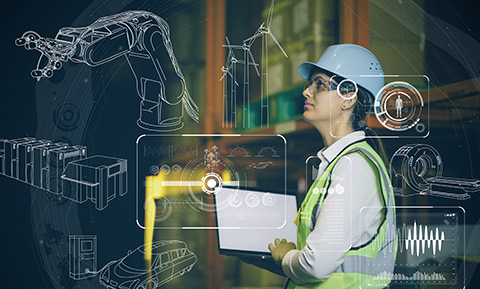Avionics is a category of electronics systems and equipment which is designed specifically for use in aviation. The avionics installed in an aircraft/spacecraft consists of engine controls, flight control systems, communications, lighting system, navigation, fuel systems, threat detection, performance monitors, electro-optic (EO/IR) systems, weather radar and systems that will take care of several missions and flight management tasks.
The advanced avionics systems integrate multiple functions to enhance performance, manage costs and simplify maintenance. Here is a list of the 5 different avionics technologies and concepts that are moulding the future of this industry.
5 Advancements that are Reshaping the Future of Avionics

1.Autonomous Operations:
The future avionics system will have a definite tie with autonomous operations. Autonomous aircraft systems are based on three elements;
 Enhanced operational performance
Enhanced operational performance
 Safe operation
Safe operation
 Ability to make money
Ability to make money
The field of sensor or data fusion will have a great impact on autonomous operations. The melding of data from multiple sensors to come up with an accurate status picture of an aircraft in any environment is known as sensor fusion. This technology has come a long way in the development of the military, but more integration is required for the aviation industry and commercial applications.
2.Motion Planning:
Currently, most aircraft avionics systems are built around the kind of technology that gives the crew data regarding adjustments or corrections. In the future, avionics systems will depend on the software that provides motion planning and trajectory prediction data. For this purpose, the avionics systems will make use of a predictive analysis technique coupled with sensor fusion. This allows the system to:
 Recognize events in real-time
Recognize events in real-time
 Make routine corrections
Make routine corrections
 Non-routine corrections
Non-routine corrections
 Emergency flight corrections
Emergency flight corrections
3.Virtual Environment
A new technology that has found its way into avionics is Simultaneous Localization and Mapping or SLAM. The instantaneous translation of data from the real world through sensors into the virtual world for the processing of actions and interface is the main concept behind SLAM.
Another field of avionics wherein SLAM will be incorporated is in aircraft flight simulation. Flight simulator companies are adding virtual reality technology to simulate training that meets the advances in avionics system technology. Pilot training in the future will be reshaped by physical peripherals along with VR data.
4.Electrical Power Generation
With the increase in automation, the demand for electrical power also increases. Many companies around the world are looking for ways to meet peak power demands by not affecting engine performance. There might be a time in the future when fuel cells combined with high-energy capacity lithium-ion batteries will help in assisting with supplemental power requirements of an aircraft and will replace the auxiliary power units. It is also predicted that the electrical systems could replace the extremely heavy and complex hydraulic systems that control the landing gear and light controls in most aircraft today.
5.Computing and Security
Enhanced computing capabilities and secure communications are already driving the military and defense. Most of the technologies that were developed for the military, for example, radar has ended up with commercial applications. It won’t be long until these avionics technologies also end up in the same way. The ability to transmit and receive a large amount of data securely is yet to be evolved. For avionics, it means that, if there is an expansion in the worldwide communication breach, the threat of an aircraft system being hacked also increases.
Due to the fear in the increase of cyber-security threats, it can be predicted that avionics and in-flight entertainment systems in the coming future will be deployed with counter-hacking technologies.
The avionics systems are increasingly reliant on computer servers. The principles of Lean Technology have played a big role in revolutionizing the efficiency in the areas of avionics. The future of avionics will require highly certified and trained technicians as well as the regulatory authorities. The authorities of tomorrow are faced with the challenge that technology is progressing at an unprecedented rate and specialized experts are needed more than just the electrical or mechanical knowledge that was required in the past. There must be a collaboration between the regulatory authorities as well as the end-users to make sure that any of the regulations are in par with the needs of modern avionics.













